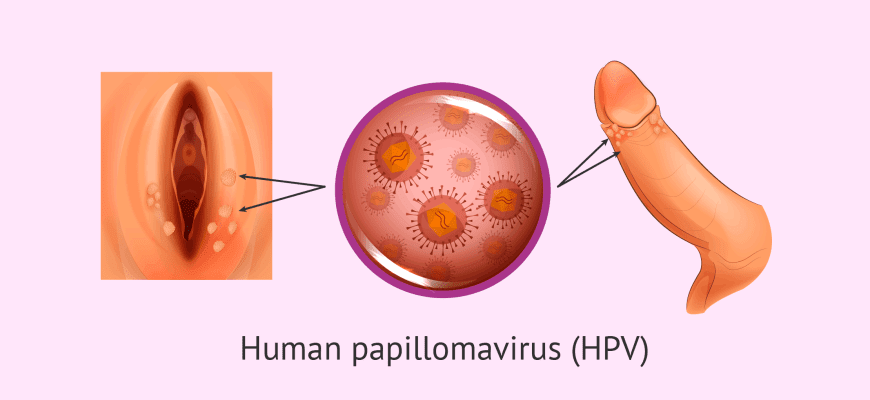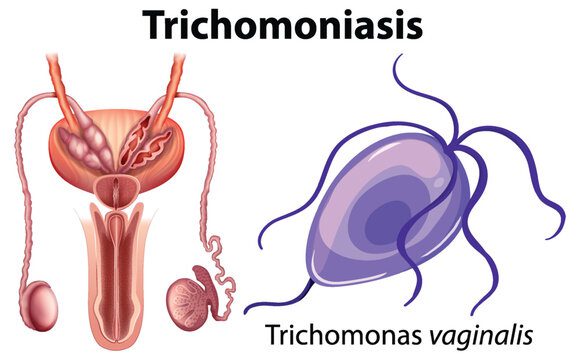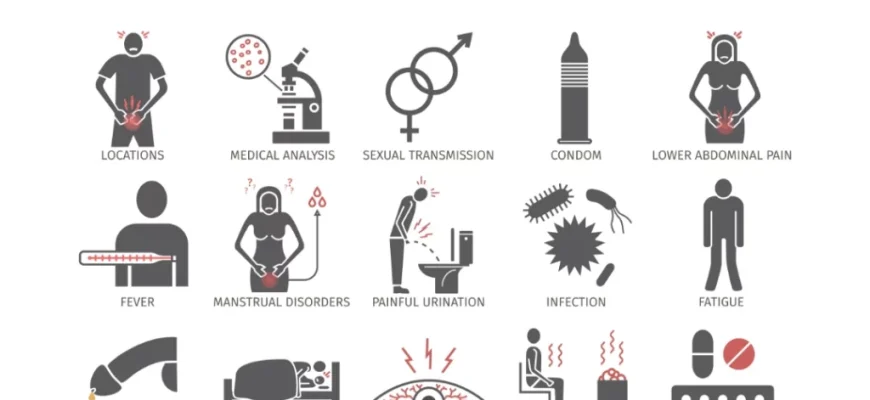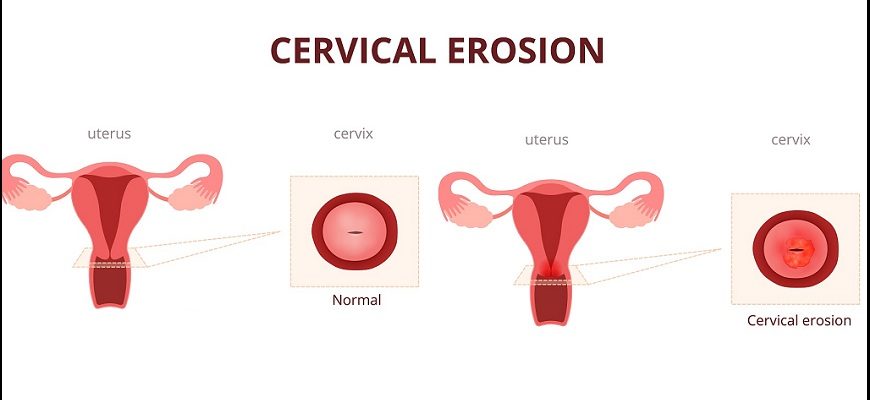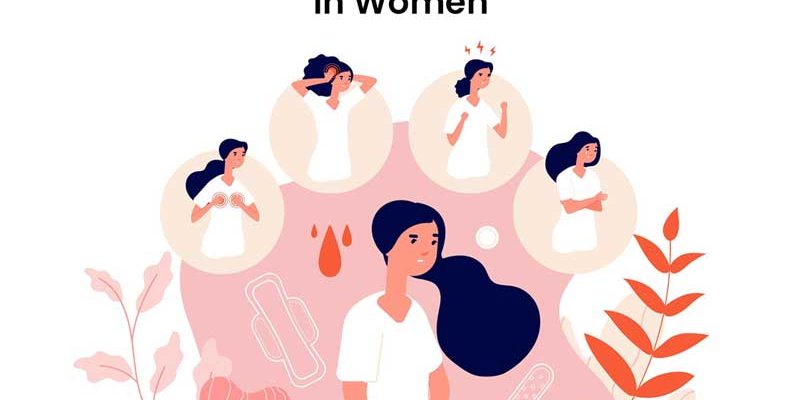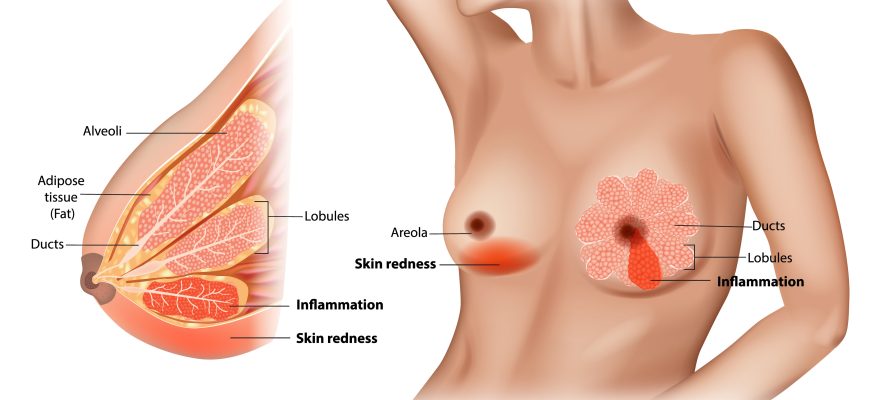Gynecology
1. Etiology 2. Transmission Risk factors: 3. Symptoms By HPV type: Note: 90% of cases show no symptoms! 4. Diagnosis 5. Prevention 6.
1. Etiology 2. Transmission 3. Symptoms In women (70% symptomatic): In men (50% asymptomatic): 4. Diagnosis Key point: Test both partners!
1. Etiology Pathogens: 2. Transmission 3. Symptoms In men: In women: Special risks: 4. Diagnosis Diagnostic criteria: 5. Prevention 6. Treatment Protocols: Key notes: 7.
1. Etiology Pathogen: Chlamydia trachomatis (obligate intracellular bacterium). 18 known serovars: 2. Transmission Routes 3. Symptoms In men: In women
Gonorrhea (the clap) is a bacterial infection caused by Neisseria gonorrhoeae. It affects the mucous membranes of the genitals, rectum, throat, and eyes.
Cervical erosion (medically called cervical ectropion or cervical eversion) is a benign condition where the soft, glandular cells
Menstrual cycle disorders refer to abnormal variations in the regularity, duration, or flow of menstrual periods. These disorders can affect fertility
Mastitis is an inflammation of breast tissue, often caused by infection or milk stasis. It commonly affects breastfeeding women
PCOS is a common hormonal disorder affecting people with ovaries, characterized by: It is a leading cause of infertility
Thrush, also called vaginal yeast infection, is a fungal infection caused by Candida species (most commonly Candida albicans).
